Good period hygiene is more than just changing sanitary products, it’s about preventing infections, staying comfortable, and fostering confidence. As a parent, educating your child about proper menstrual care ensures they manage their periods safely and hygienically.
The Do’s of Period Hygiene
1. Change Sanitary Products Regularly
• Pads & Panty Liners: Change every 4-6 hours to prevent bacteria buildup.
• Tampons: Replace every 4-6 hours to reduce the risk of Toxic Shock Syndrome (TSS).
• Menstrual Cups: Empty, rinse, and reinsert every 8-12 hours.
2. Wash Hands Before and After Changing Menstrual Products
• Prevents bacteria transfer and infections.
• Always use mild soap and water before inserting or removing tampons or menstrual cups.
3. Keep the Intimate Area Clean
• Wash with warm water (avoid scented soaps, which disrupt the vagina’s natural pH balance).
• Always wipe front to back to prevent infections.
4. Wear Breathable Cotton Underwear
• Cotton absorbs sweat, keeping the area dry and reducing the risk of irritation and infections.
5. Dispose of Used Products Properly
• Wrap used pads and tampons in paper before discarding them.
• Never flush sanitary products, as they can clog drains and harm the environment.
6. Stay Hydrated and Eat a Balanced Diet
• Drinking plenty of water helps reduce bloating and discomfort.
• Consuming iron-rich foods (like spinach, nuts, and lentils) helps replenish lost iron during menstruation.
7. Track the Menstrual Cycle
• Helps in predicting the next period and preparing accordingly.
• Irregular cycles can be a sign of underlying health issues that may require medical attention.
The Don’ts of Period Hygiene
1. Don’t Wear a Pad or Tampon for Too Long
Leaving a pad or tampon unchanged for more than 6 hours can lead to infections and unpleasant odors.
2. Don’t Use Scented Soaps or Wipes
Scented products can cause irritation and disrupt the natural vaginal flora, increasing the risk of infections.
3. Don’t Douche
Douching (washing inside the vagina) removes beneficial bacteria and can cause infections. The vagina is self-cleaning and does not need internal cleansing.
4. Don’t Ignore Unusual Symptoms
If your child experiences severe cramps, unusual discharge, persistent itching, or very heavy bleeding, consult a doctor.
5. Don’t Use Cloth Pads Without Proper Cleaning
If using reusable cloth pads, ensure they are washed thoroughly and dried in direct sunlight to kill bacteria.
6. Don’t Skip Changing Underwear Daily
Wearing the same underwear for extended periods can lead to bacterial growth and infections.
7. Don’t Let Period Taboos Stop Open Conversations
Avoid making menstruation seem shameful or embarrassing. Encourage your child to talk openly about periods.
Common Hygiene Mistakes and How to Avoid Them
Mistake 1: Using Multiple Pads Instead of Changing More Frequently
Some girls stack pads for heavy flow instead of changing them more often.
Instead, change pads every 3-4 hours or consider a menstrual cup or high-absorbency tampon for better protection.
Mistake 2: Sleeping with a Tampon Overnight
Leaving a tampon in for more than 8 hours increases the risk of TSS.
Use overnight pads or a menstrual cup for safe protection while sleeping.
Mistake 3: Not Drying Reusable Menstrual Products Properly
Damp cloth pads or period underwear can harbor bacteria and cause infections.
Always wash with mild soap and air-dry them in direct sunlight before reuse.
Mistake 4: Neglecting to Carry Extra Supplies
Getting caught off guard can cause stress and discomfort.
Always carry an extra pad, tampon, or menstrual cup, especially when leaving the house.
Conclusion: Encouraging Healthy Period Hygiene Habits
By teaching your child the do’s and don’ts of menstrual hygiene, you empower them to manage their periods with confidence and comfort. Open conversations and proper education help break taboos and ensure better health.
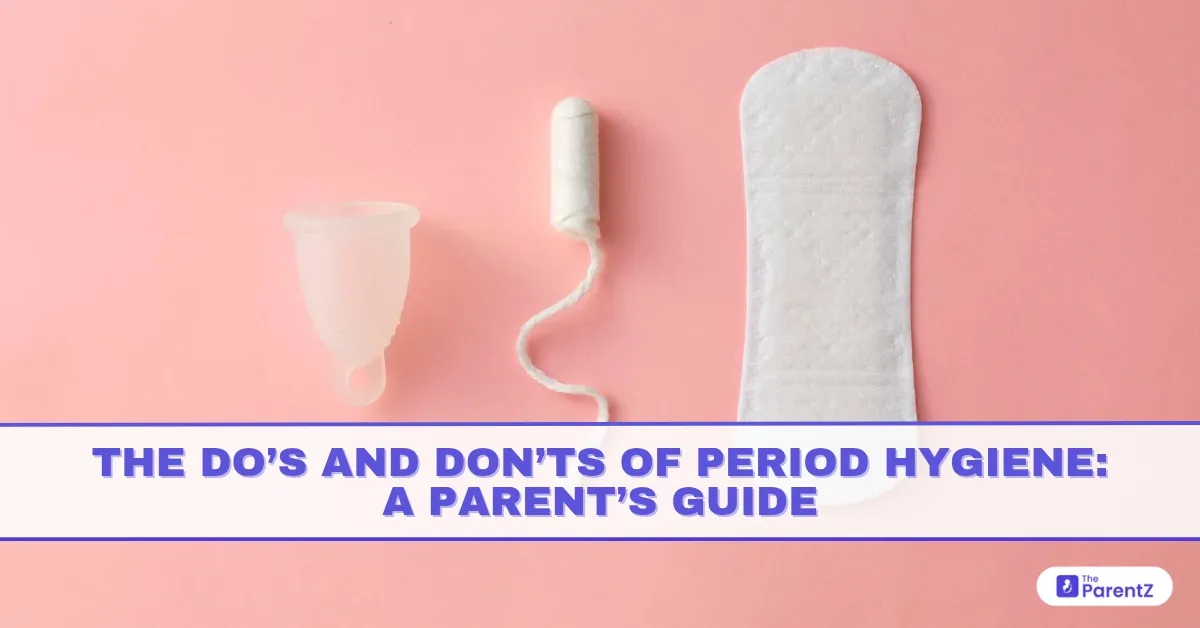


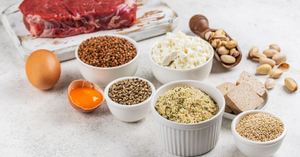

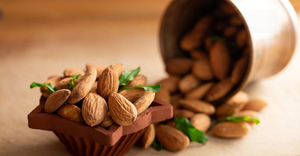
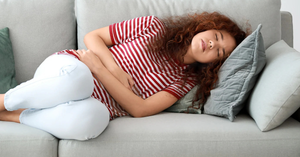
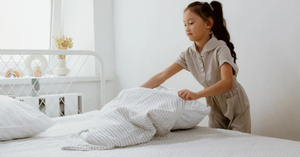
Be the first one to comment on this story.